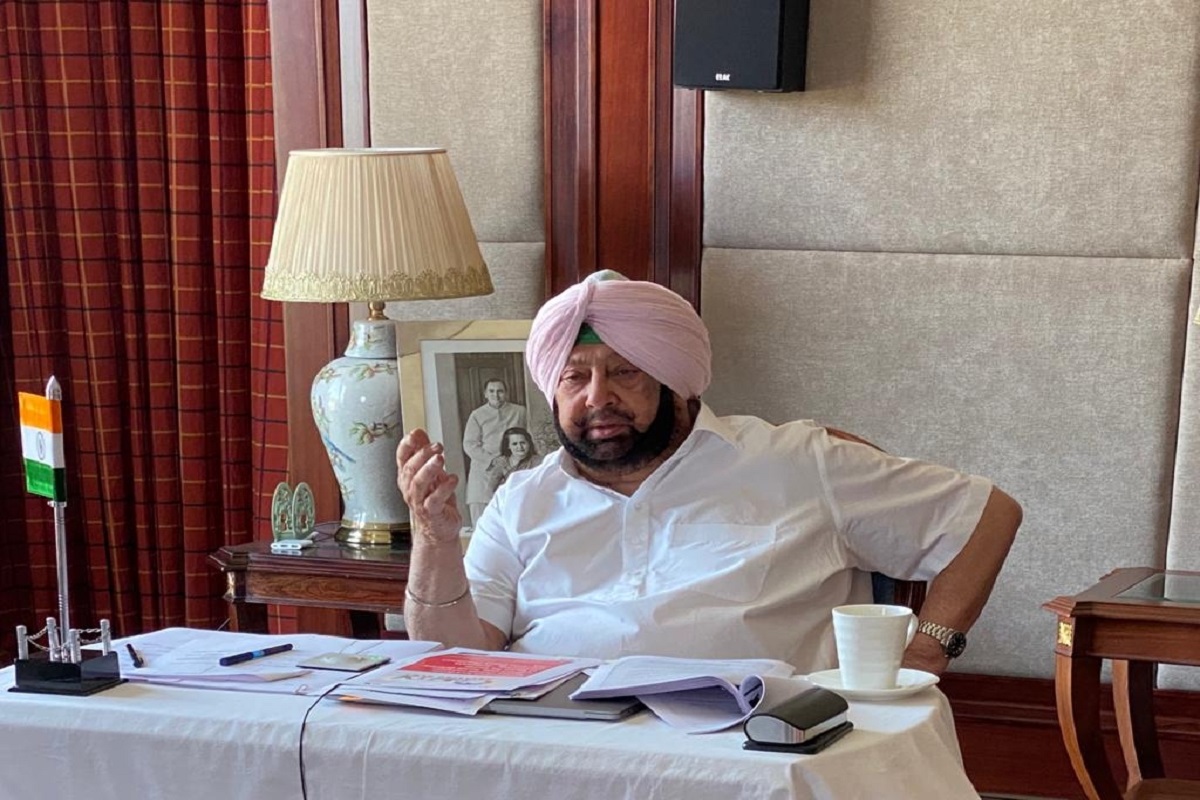Terming the Galwan Valley violence as part of a larger design on the part of China, Punjab Chief Minister, Amarinder Singh, on Tuesday said India should not make the mistake of dismissing the incident as a patrol clash but should take a firm stand against any Chinese incursions into the Indian territory.
The amount of build-up in Galwan Valley showed that the Chinese were working on a plan, said Amarinder, adding that India could not afford to lose even an inch of its land in the area, which is of huge strategic importance for both sides. “We have all seen clashes in our time, with Pakistan and even with Chinese, and this is definitely not a patrol clash,” he stressed.
Referring to the map of the area, the CM said the Chinese had reached right half way through to the Siachen Glacier after Pakistan ceded the northern part of Shaksgam Valley in PoK in 1963.
Beyond that there is an area that in any case belongs to China, he explained, adding that “there is a little gap between the glacier and the Aksai Chin area, which is the Daulat Beg gap, which they are trying to close.”
“We have to take a strong position, and we should be clear that if we lose even an inch of land we must hold them responsible,” he said at the Congress Working Committee (CWC) video conference convened by the party’s interim president Sonia Gandhi, with former Prime Minister Dr Manmohan Singh and Rahul Gandhi among the participants.
The CM said with 2.33 lakh of the total 2.52 lakh industries in Punjab now reopen, migrants were now also coming back to the state. A total of 17 lakh local and migrant workers were engaged in industries currently, with more joining the farmers in the paddy operations, he said, adding that many farmers from Punjab had personally gone to Uttar Pradesh, Bihar and Jharkhand to get the migrant labourers back.
Apart from Ludhiana and Jalandhar, one of the worst affected districts was Amritsar, where all the international flights were landing, including from the highly contaminated Gulf region, he revealed.
The other big problem area was the thousands of people reaching Punjab every day from Delhi, where the situation was extremely bad, he said, adding that many of these people were not reporting themselves and had to be traced and tracked, including in villages.












